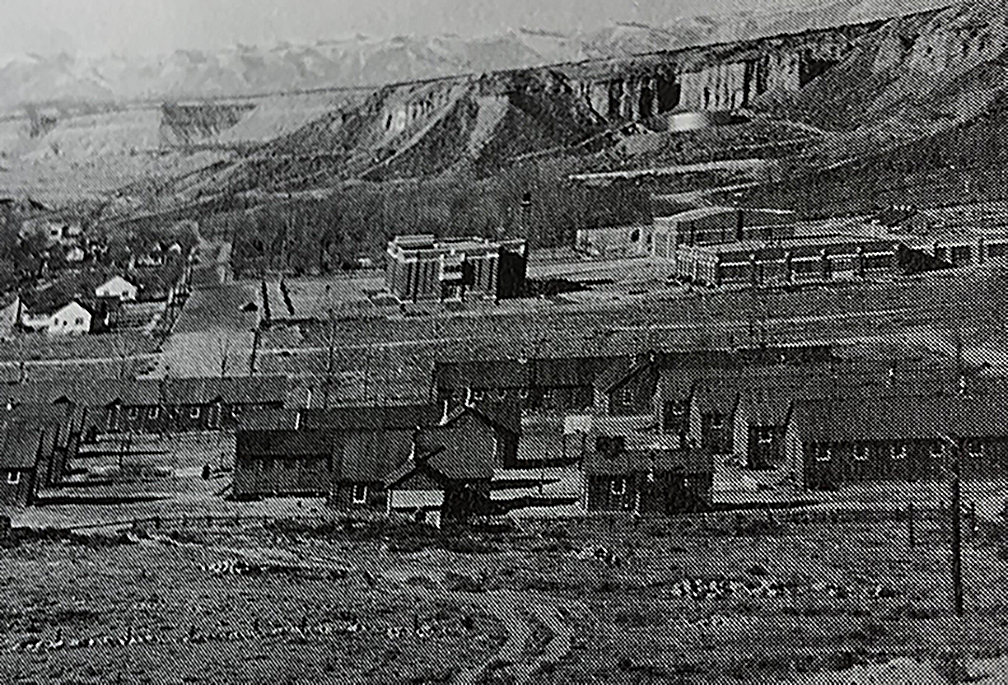Carbon College (USUE) in the ‘30s


Carbon Junior College in its early years. (Old Main Building, SAC Building, Gymnasium)
photo courtesy CEU Yearbook
Daryn Mason sports editor
Utah State University Eastern started as Carbon College in 1937. The school has a lot of amazing history behind it. This article is the start of a series about the history of the university.
In the ‘20s, many people in Carbon County began to plan for a two-year college in Carbon County. Some of these people were school superintendents D.C. Woodward, W.W. Christensen, and G.J. Reeves. The Carbon County School Board and Price City Council issed a resolution supporting a college. Sen. William Miller began to discuss a two year college with the state legislature. In 1934, a Price Rotary Club com- mittee said that Eastern Utah was a logical choice for a junior college.
School boards of Carbon, Emery, Grand, San Juan, Uintah and Duchesne counties and Price Chamber of Commerce supported a junior college. Sen. Miller and Price City and the school board offered to give land for the college. Superintendent G.J. Reeves, school board president O.H. Guymon, Dr. Charles Ruggeri and George Ocvkey went to Salt Laker to talk to Gov, Henry H. Blood about starting a junior college.
G.G. Lindstrom and D.A. Todwell introduced a bill for the college to be a branch of the University of Utah. It later was later changed to an entity of its own. In Tidwell’s introductory speech, he made a plea because there are no other institutions of higher education in the Eastern half of Utah, the legislature should respond in favor fo the junior college initiate. Only two representatives in the house voted against the bill.
“The state established Carbon Junior College on 20 February 1937.”(A History of Carbon County). The original plan was to have the college share the same building with junior and senior classes from Carbon High School. Price City donated the fair grounds property and the school was constructed at 400 North and 400 East. The Carbon County School
District sponsored construction of the gymnasium, and the old fairgrounds building which would become the music and drama building.
Dr. Eden Sessions was the first president of the college. He hired 11 teachers, with some of them teaching both college and high school classes. By the fall of 1938, the construction crew finished the main building and the gymnasium and renovation of the music and drama building followed. Classes began on Oct.3, 1938, and more than 100 students from nine state enrolled.




